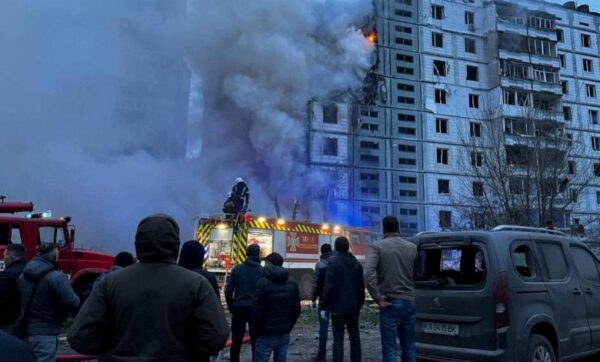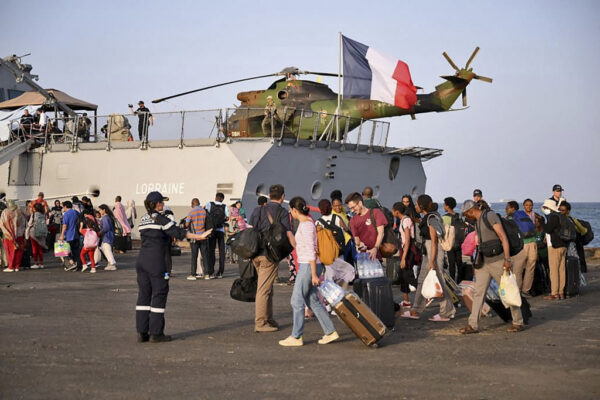
In the warning that the economy has been “paralyzed” since the de facto authority took control of last August, the ILO said that there was a big loss in work and working hours.
In the middle of this year, it is hoped that the loss of work will increase to nearly 700,000 – with the prediction of the topping of 900,000 – as a result of the crisis in Afghanistan and “restrictions on women’s participation in the workplace”.
The level of female employment is very low by global standards, but the ILO said that they were estimated to have decreased by 16 percent in the third quarter of 2021, and they could fall between 21 percent and 28 percent in mid 2022.
“The situation in Afghanistan is very important and direct support for stabilization and recovery is needed,” said Ramin Behzad, the senior coordinator of the International Labor Organization (ILO) for Afghanistan. “While the priority is to meet direct humanitarian needs, lasting and inclusive recovery will depend on people and people who have access to decent work, livelihoods, and basic services.”
Hundreds of thousands of work losses have been seen in several main sectors that have been “destroyed” since takeover, the ILO said.
This includes agriculture and civil service, where workers have been released or left unpaid. In construction, 538,000 this sector workers – where 99 percent are men – have suffered too, because the main infrastructure project has stopped.
Taliban takeover has also caused “hundreds of thousands” Afghan security forces members lost their jobs, said the ILO, noting that teachers and health workers were very affected by the lack of cash in the economy, in the midst of falling international donor support.
When the crisis continued to be revealed, the ILO explained that the Taliban arrested Kabul on August 15, threatening the increase in hard construction achieved over the past two decades.
The domestic market has been “interrupted widely”, said the UN agency, while productive economic activities have fallen, which in turn encourages production costs.
At the same time, because Afghanistan reported assets of $ 9.5 billion have been frozen, “Foreign assistance, trade and investment … has been very affected”, the ILO continued, pointing to the lack of cash and restrictions on bank withdrawal, causing misery for businesses, which causes misery, workers and households.
The lack of work also threatens to worsen the level of child labor in Afghanistan, where only 40 percent of children are five to 17 years of school.
In absolute numbers, the ILO noted that there were more than 770,000 boys and around 300,000 girls involved in child labor.
The problem is the worst in rural areas – where 9.9 percent, or 839,000 children – far more likely in child labor compared to those in urban areas (2.9 percent or 80,000).
To support Afghans this year, the UN’s main priority is to provide lives, maintain important services and preserve social investment and community level systems that are important to meet human basic needs.
To support this strategy, the ILO has promised to work with employers and trade unions to promote productive work and decent work.
The focus of the organization is in four main areas: emergency employment services, intensive investment work, corporate development and skills development, while respecting workers’ rights, gender equality, social dialogue, social protection, elimination of child labor and disabilities.









